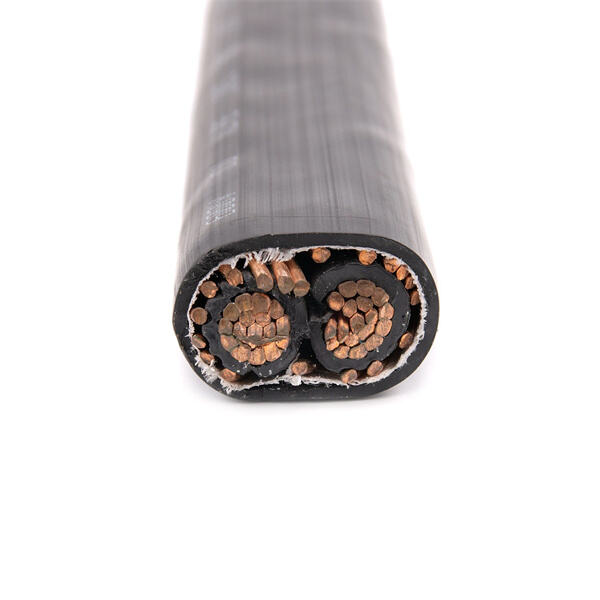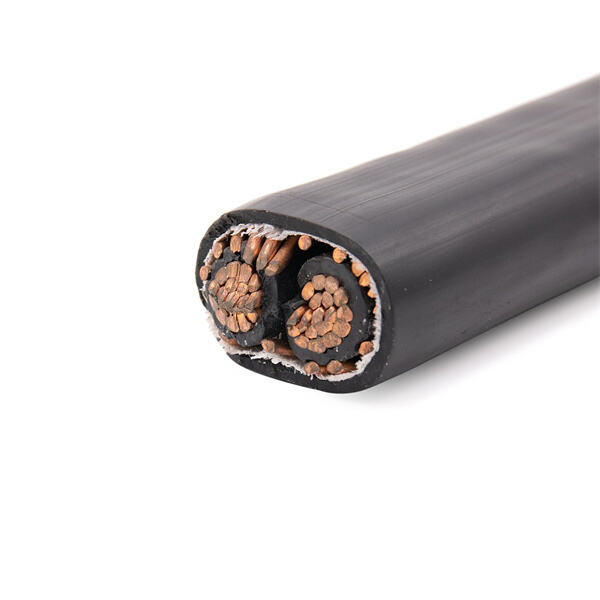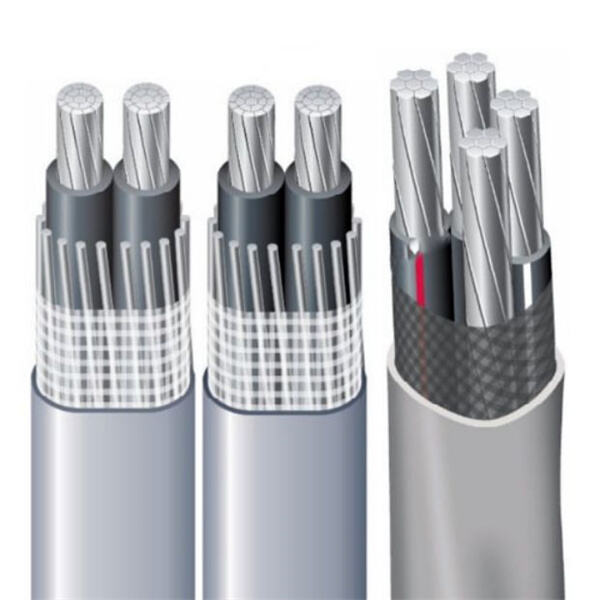When an electronic device is so thin that even standard flat flex cables are not an option, stuffing it behind a panel becomes the Holy Grail of convenience. They assist in connecting different components of the device so as to work in concurrence. Huatong cable manufacture high-grade flexible flat cables used in all types of gadgets.
Flat flex cables are thin and bendable wires. They link various components of electronic devices. They are "flat" because, unlike ordinary cables, they are not round. They are called "flex" because you can bend them and twist them and they won't break. Flat flex cables then convey electrical signals between parts of the device, such as the screen, and the circuit board. This allows the device to function correctly.
Flat flex cables give many advantages to electronic devices. Their first advantage is that they need less space than round cables. This is one reason they’re very good for small devices, like smartphones and tablets. They are also light and flexible, which makes them easy to insert into a device. Flat flex cables are durable and are designed to bend rather than break. This helps make electronic equipment to last longer.
Flat flex cables must be treated with care to do their job properly. Touch flat flex cables lightly, do not overbent them or twist. Before you physically install the cables, ensure their connectors are dust-free. Guide the two flat flex cables into place according to the device manufacturer's instructions.

[dropcap]F[/dropcap]lat flex cable, or FFC, is a type of electronic cable which is made out of flat conductors that are laid parallel to each other on an insulating substrate. FFC is designed to enable flexible connections between devices in electronic equipment but they cannot be soldered directly.

Except that this isn't more time-consuming flat flex cable type of crimping. Some are designed to connect a camera to a circuit board or a display to a motherboard. Some work with multiple appliances. The flat flex cables are available in smartphones, laptops, medical devices, and even industrial machines They are crucial for interconnecting a device's components so that it can function properly.

Typical faults of common problems for flat flex cables include bad connections, damaged cables, and interference from other electronics. If your flat flex cable is not working, ensure that the connections are tight. If it is broken, you may need to buy a replacement. Other devices send strong signals which can create issues so keep flat flex cables away from those.